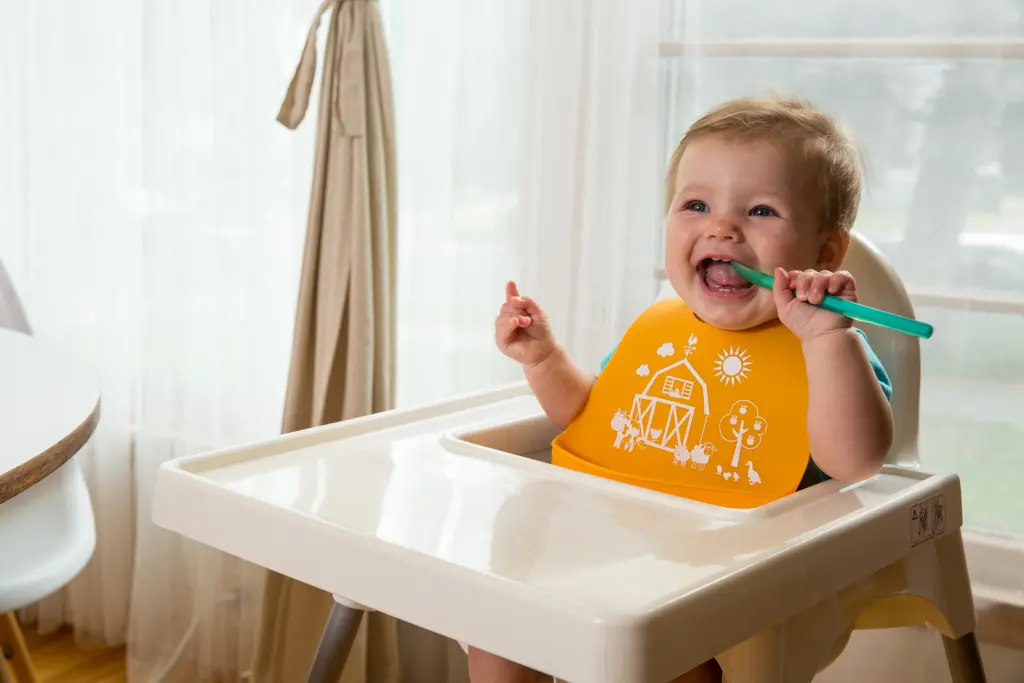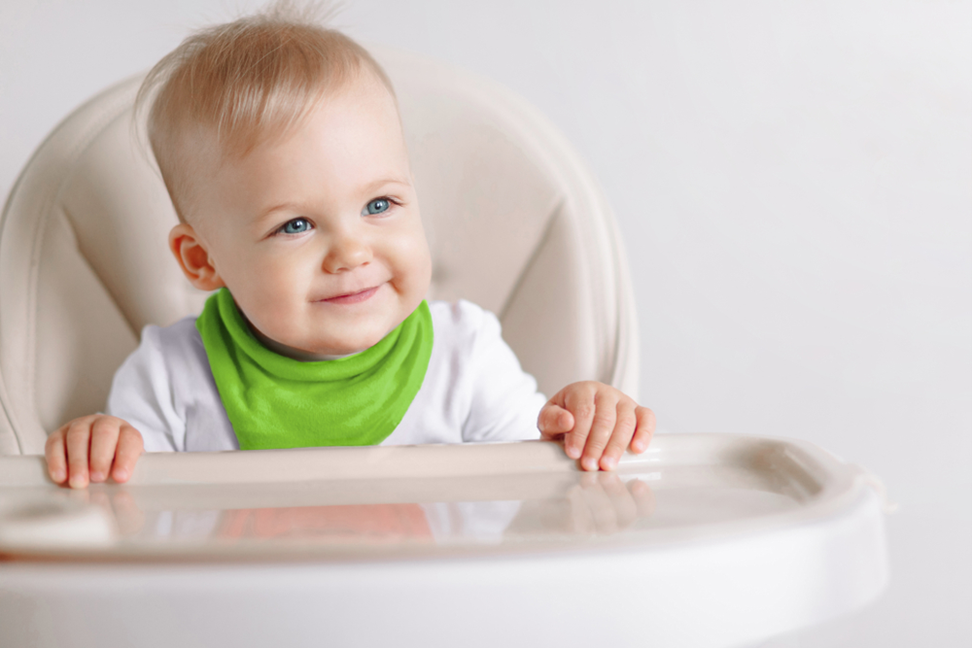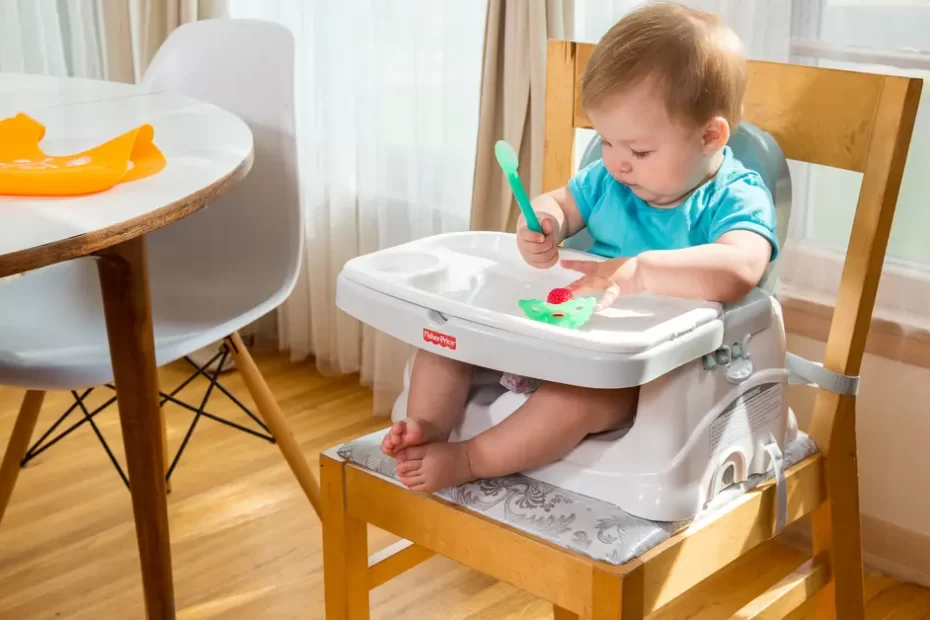As your baby grows into a toddler, it can be difficult to know when exactly they are ready to transition out of a high chair and into a booster seat. Here are some key signs to look for when assessing your child’s readiness.
Gaining Independence
Around ages 18-24 months, you may notice your little one wants to assert more independence during mealtimes. Signs include:
- Trying to climb in/out of the high chair themselves
- Fussing about being buckled into the restraints
- Reaching to self-feed with utensils
These behaviors signal your child may be ready for a booster seat where they can sit at the table with less physical restriction. Some booster seats have child-friendly buckles they can use independently.
Leg Length
Around age 2, your child has likely grown taller and their legs may no longer comfortably fit in a high chair, with knees bent at sharp angles. This can cause discomfort while eating. Look for:
- Legs hanging down awkwardly in high chair
- Knees pressed sharply up into chest
- Squirming, trying to stretch out legs
If you notice this, transitioning to a booster with room for their legs may help. Check that their legs can bend properly over the edge of the booster seat.
Height & Weight Limits
Most high chairs have recommended height and weight limits that determine the maximum size a child can safely use it.
| Type | Typical Limits |
|---|---|
| Standard high chair | Height: 35 inches <br> Weight: 40 pounds |
| Full-size high chair | Height: 45 inches <br> Weight: 60 pounds |
When your child exceeds either their height or weight limit, it is time to switch to a booster seat that can accommodate their grown size and prevent safety hazards.
Making the Switch

Moving your child out of the containment and harness of a high chair into a booster seat is a transition. Here are some tips:
Gradual Change
Start by using the booster occasionally, while still relying on the high chair at other times. Slowly use it more and more to get your child comfortable.
Role Model
Sit your child next to you in their booster at mealtimes. Model proper sitting posture and table manners. Praise them as they adjust.
Child’s Choice
Allow your little one to pick out their new “big kid seat” and maybe select a special tableware set to use. This builds enthusiasm about the process.
Booster Seat Guidelines

Once your toddler transitions to a booster seat, follow these usage and safety guidelines:
- Always secure booster seat to chair using the straps or buckles
- Use on a stable, supported dining chair with a back
- Ensure child’s knees comfortably bend over the booster seat edge
- Only allow child to climb in/out when an adult is there to spot
- Continue to supervise closely during mealtimes in the early months
Trust your parenting instincts on deciding when the time is right for this new dining transition!
